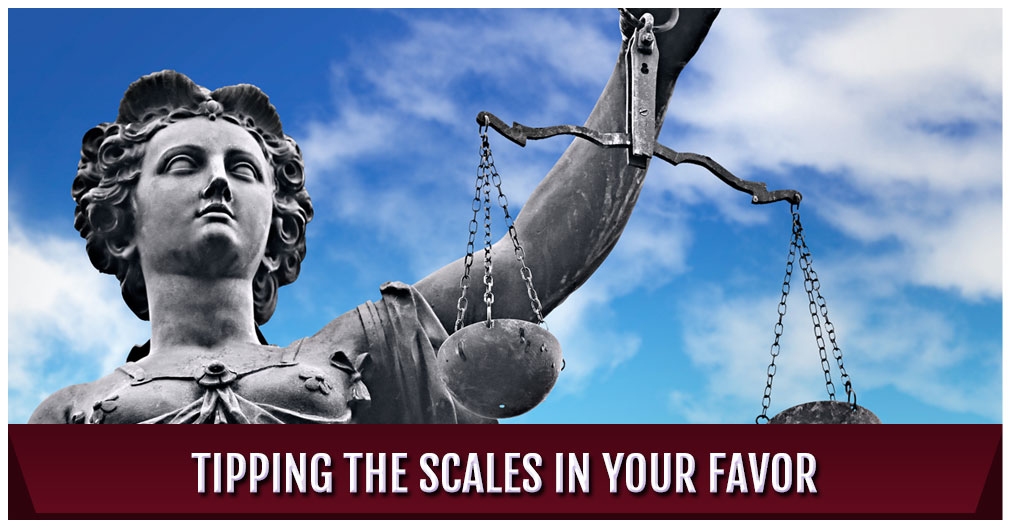Happy Birthday to You, Happy Birthday We’ll Sue!
“Happy Birthday to You” is likely the most well-known and most frequently sung song in the world. For nearly a century, this brief 4-line ditty has been sung to birthday celebrants everywhere irrespective of age, status, race or creed. It has been sung in space; it has been sung under water; it has even been mechanically manipulated into greeting cards, watches, music boxes. . . the list goes on. As such, its omnipresence serves as but one reason for the surprise received when people discover that it is copyrighted and therefore protected by federal law! That’s right – each time you sing “Happy Birthday to You”, you may be committing copyright infringement!
So who owns the “Happy Birthday” song?
The media conglomerate, AOL Time Warner, owns the “Happy Birthday” song, that’s who!
It all began in Kentucky in 1893 with two sisters, Mildred and Patty Hill. Both originally nursery school and kindergarten teachers, respectively, Mildred’s career took a musical turn to that of a composer, organist, concert pianist and a musical scholar. While working at the same school her sister had become principal of years later, the two created a simple melody known as, “Good Morning to All”, for teachers to use when welcoming students to class each day. It went like this:
Good morning to you,
Good morning to you,
Good morning dear children,
Good morning to all.
The Hill’s song became more commonly known as “Good Morning to You” and was published that same year in a songbook titled, “Song Stories for the Kindergarten”. Thirty-one years later, a gentleman named Robert Coleman edited the songbook, replacing the sisters’ lyrics with a second verse, “Happy Birthday to You”. In 1924, and without the sisters’ permission, these popular new lyrics began being published as a second stanza to “Good Morning to You” in a number of books and eventually, the original lyrics disappeared altogether.
Within a few short years, the catchy song had made its debut in two Broadway musicals and was even a part of Western Union’s first “singing telegram.” The Hills, however, were not compensated for any of the song’s uses. Subsequently, a third Hill sister, Jessica, who had administered the copyright to “Good Morning to All”, filed suit to prove that “Happy Birthday to You” was her sisters’ song only with altered lyrics. Using the “substantial similarity” test, the Court agreed and, in 1934, the Hills were officially awarded the copyrights to the song.
So, is Grandma going to get sued for singing “Happy Birthday” to little Susie? Most likely, no. Royalties are due for commercial uses of the song such as playing or singing it for profit, using it in movies, television programs or in stage shows, or incorporating it into musical products such as watches and greeting cards. Royalties are also due for the “public performance” of the song which is defined by copyright law as performances which occur “at a place open to the public, or at any place where a substantial number of persons outside of a normal circle of a family and its social acquaintances is gathered.” Therefore, crooning the song to family members and friends at home is fine; however, performing such a copyrighted work in a public setting requires a license. Ever notice on some sitcoms how the crowd sings, “For He’s a Jolly Good Fellow” in lieu of “Happy Birthday to You” or; how certain restaurants have their own rendition of the “Happy Birthday” song? Well, now you know. . . they’re not just being creative.
Don’t think they’ll catch ya? Tell that to the 6,000+ summer camps, including the Girl Scouts, that received letters warning them that they had to pay royalties for public performances of any copyright works. It’s sad to think of the camp counselor too frightened to sing “Puff the Magic Dragon” around a camp fire, don’t you think? Nevertheless, publishing houses like ASCAP and BMI have field agents on payroll for this very reason. And when pursued, settlements may be quietly reached outside of court for a few-hundred to a few-thousand dollars, but, it’s worth noting that copyright law provides for fines of up to $30,000 for each infringement and up to $150,000 if the infringement is willful, plus attorney’s fees. Not such a happy birthday after all!
So when is this song and dance over? Well, after acquiring the company that held the rights to “Happy Birthday to You” for a reported $25 million in 1998, current copyright law provides AOL Time Warner with rights to the song until at least 2030. And seeing as the song is estimated to bring in about $2 million a year in royalties, it’s doubtful they’ll ignore many royalty-deserving opportunities. Consequently, before you perform your next impromptu “Happy Birthday” rendition in public, you may want to look around to see if anyone appears to not only be entertained but, is taking notes.
 RSS
RSS FAQ
FAQ Clients
Clients















